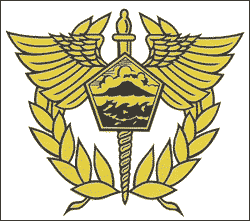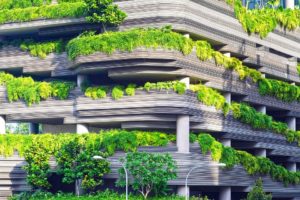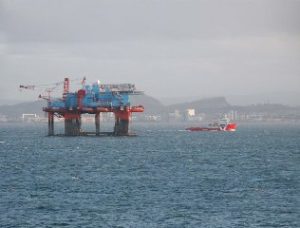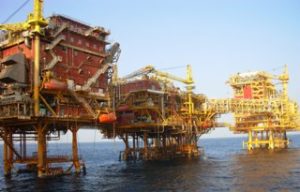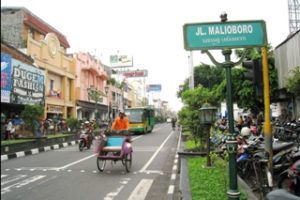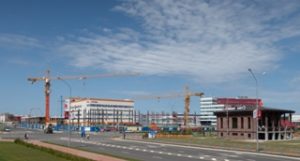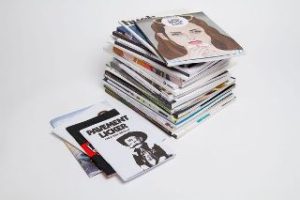
Sebuah komunikasi yang baik tentu harus dibangun dengan penuh perhatian melalui berbagai media. Di zaman sekarang ini, persahabatan dan silaturahmi tidak hanya mengandalkan tatap muka saja, tapi juga melalui telepon, WhatsApp, Facebook, bahkan Instragram. Pada dasarnya, komunikasi di dalam perusahaan memiliki prinsip yang sama.
Majalah internal atau internal magazine merupakan salah satu saluran komunikasi perusahaan. Sebagai konsultan komunikasi, PT Alaksir Cipta Aksara memiliki cara-cara jitu untuk membantu klien mengembangkan majalah internal perusahaan yang berkualitas.
Memahami fungsi serta karakteristik majalah internal, Alaksir telah berhasil membantu klien mendapatkan penghargaan di ajang InMA Awards selama tujuh tahun berturut-turut. Bukan hanya kebanggaan, hal tersebut juga membantu meningkatkan kepercayaan para pembaca terhadap majalah itu sendiri.
Ingin tahu caranya? Simak tips berikut:
- Konten
Kebanyakan majalah internal perusahaan terjebak pada fokus penyampaian arahan dari manajemen. Hal tersebut membuat artikel atau kontennya menjadi terkesan top down.
Perlu diingat bahwa fungsi utama majalah internal perusahaan adalah menyampaikan informasi yang relevan dengan karyawan untuk membantu meningkatkan kinerja, tentunya dengan cara yang menghibur dan tidak kaku. Fungsi lain yang tidak kalah penting adalah sebagai wadah untuk memberikan apresiasi kepada para karyawan.
Itulah sebabnya artikel atau konten dalam majalah internal harus dikemas sedemikian rupa agar menjadi sebuah cerita yang menarik untuk dibaca.
- Gaya Bahasa
Majalah internal sebaiknya menggunakan bahasa yang fleksibel. Meski menggunakan tatanan bahasa formal, penggunaan jargon-jargon korporasi sebaiknya dihindari agar mudah untuk dipahami seluruh lapisan karyawan dan memberi kesan kasual.
Selain menjadikannya lebih personal, kesan kasual tersebut juga membuat majalah lebih asyik untuk dibaca, meskipun topik yang dibahas merupakan arahan dari manajemen.
- Desain & Layout
Penataan tulisan dan gambar dalam majalah internal adalah sesuatu yang terus mengikuti perkembangan zaman. Majalah juga perlu mengadopsi tren desain yang sedang booming. Contohnya, infografik.

